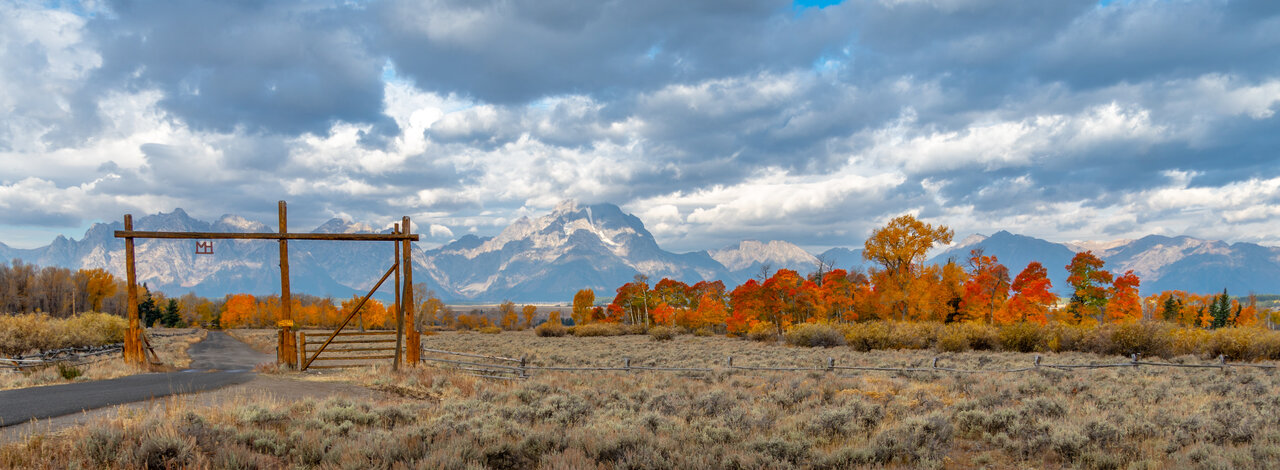Share This
Related Posts
Tags
The Yellowstone Effect
By Katrina McDowell on Nov 18, 2024 in News

One of television’s most popular shows, Yellowstone, has sparked real estate interest in Montana and beyond. Let’s delve into how the show has popularized rural living and brought attention to the mountain regions of the West, real estate and environmental economic trends that have emerged and what to know before you buy land like a Dutton.
Western Real Estate Trends
The surge in real estate demand in Wyoming, Montana, and Idaho since the show’s debut is nothing short of thrilling. Home prices and land values are rising, with some clients even referencing the show when purchasing. The allure of the wide-open spaces and natural beauty depicted in the series has inspired many to seek a similar lifestyle change or invest in a second home.
It’s no wonder that real estate for the average home price has risen, an increase in buyers seeking large acreage or ranch-style properties and shifts in demand for both luxury and rustic homes. There have been challenges in meeting the demand in smaller towns and rural areas. However, some positive economic benefits have been seen, such as job creation in construction and booming tourism. Still, with the promise of progress and prosperity, it has brought challenges for locals with higher living costs.
In a broader sense, the Yellowstone effect has affected the environment around Yellowstone. Several ecological concerns are happening, such as wildlife displacement, increased resource demands, and pressure on natural landscapes. The “balance” between private land development and conservation is landing hard on some of America’s most famous wildlife populations in the Greater Yellowstone Ecosystem. Some scientists say leaders on many fronts fail to prevent it.
For seasonal employees at Yellowstone, trailers that were once home for these employees have now transitioned to modular one-to-two-bedroom homes, part of a multimillion-dollar housing improvement strategy initiated in 2020. Officials have made progress on three goals in the plan — replacing trailers with modular, upgrading non-trailer employee housing park-wide, and rehabilitating historic homes with Great American Outdoors Act funding.
However, about 100 year-round employees working in Mammoth own homes in Gardiner, purchased in the late 1990s or early 2000s, when housing was affordable. More than half of those employees are expected to retire soon, leaving vacant positions open and no place to live for newcomers since housing is too expensive and no rentals near the park.
“The previous strategy has been to chase the cheapest community, and that’s not working here,” said Cam Sholly, superintendent of Yellowstone National Park. Real estate prices are booming in Bozeman, Livingston, West Yellowstone, Cooke City and Gardiner, and “there is nowhere else to go.”
Buying Land like a Dutton
Before deciding to relocate to the West, urban dwellers need to understand the local community. Those interested in commercial real estate or apartment/condo buildings should be prepared to learn about property management, septic systems, wildlife management and land conservation. Finding service providers in remote areas can be challenging, and understanding the local medical and emergency services is crucial. It’s essential to be prepared for a life with fewer nearby amenities. Not everyone can have the luxury lifestyle with a Dutton helicopter there to transport quickly to the nearest hospital.
For those considering a large land purchase, remember the unique considerations that come with ranch or multi-acre properties. Legal aspects include water rights, zoning and conservation easements, property taxes, land management and infrastructure needs. Suppose buyers are unfamiliar with rural land and the brutal winters in this area. In that case, they need to understand that there is a different type of upkeep and cost associated with owning and maintaining these properties.
Westerncore
Several demographics and cultural changes have occurred in local communities that have seen an influx of new residents inspired by Yellowstone. Long-time residents have had to adjust to the increase in population and real estate activity, as well as newcomers who moved to the area precisely because of the show. Changes are impacting local businesses, schools and community events. However, it’s not just in the West that the Yellowstone effect is felt. Most New Yorkers have never been to a cattle roundup but embrace the cowboy culture in fashion and boots, channeling everyone’s favorite couple, Beth and Rip!
Has Yellowstone influenced you to explore the wild west? Share your Yellowstone stories with us as we look forward to the new season!
